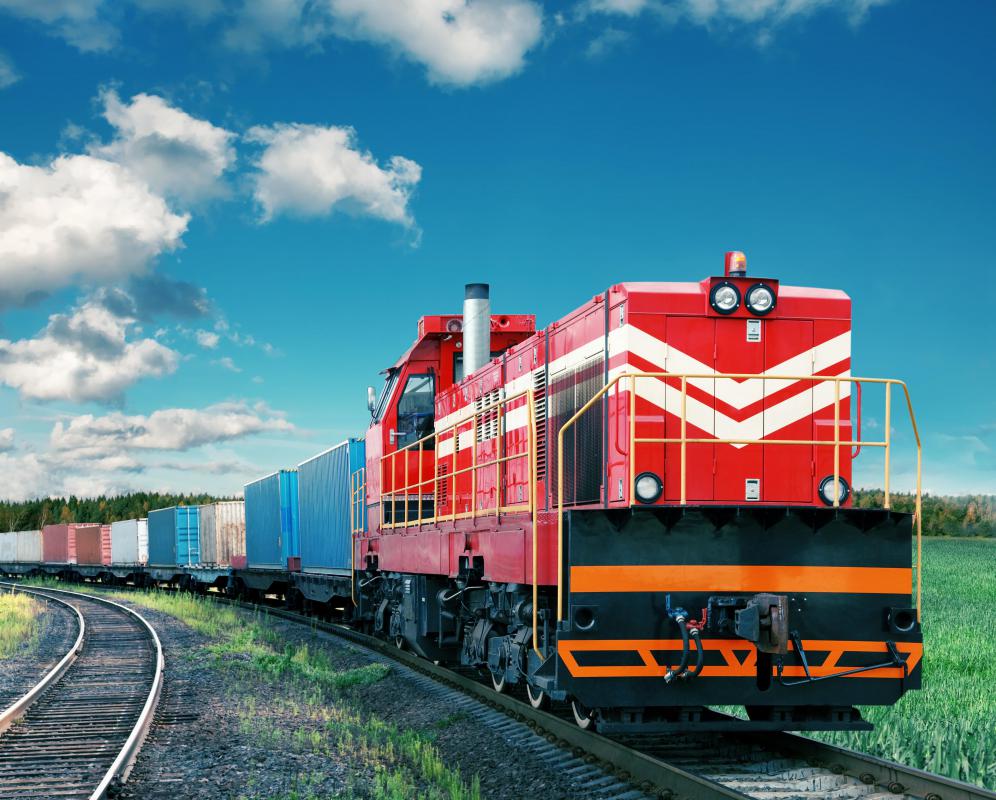At PracticalAdultInsights, we're committed to delivering accurate, trustworthy information. Our expert-authored content is rigorously fact-checked and sourced from credible authorities. Discover how we uphold the highest standards in providing you with reliable knowledge.
What Does a Freight Conductor Do?
The term "freight conductor" can be used to describe several different jobs that are all generally related. This position involves working in a train yard and may require the freight conductor to assemble freight train cars, break them up, switch tracks, organize trains within the yard or on the tracks, and even operate the freight engine for transport. The conductor may also be responsible for performing minor repairs to the train, and he or she will need to perform regular inspections on the trains before the engines and cars are used for rail transport.
A high school education is usually required if a person wants to become a freight conductor, though no college education is usually necessary. In some parts of the world, however, a college course must be taken to certify for a position as a conductor. The job candidate will usually start in lower positions within the railroad industry and work his or her way up by taking part in training and on-the-job experience relevant to the freight conductor position. Formal apprenticeships may or may not exist within a particular railroad company, but training is available to ensure the freight conductor can perform his job safely and effectively. Conductors may leave the position to become engineers who drive trains and perform other tasks; this position usually pays the same, if not more, than a conductor position.

Before a freight train leaves a train yard, it must be properly assembled with all cars coupled safely. This process can take several hours or even days, especially if the assembled train is to be quite long. Once the train is assembled, the freight conductor must perform a visual inspection of the train to ensure it is safe for transport. If any repairs need to be made, the conductor may perform those repairs if they are minor, or coordinate with mechanics to complete the repairs. The conductor will keep in constant contact with the engineer as well as the yard operator and dispatchers to navigate the train safely out of the yard.

The freight conductor may need to guide the train out of the yard by throwing rail switches by hand, which can be difficult work. More modern rail yards feature electronic switches that can be thrown from a remote location; this allows the conductor to stay in one position and operate many switches throughout the yard without having to throw them manually, which can be difficult and time-consuming.
AS FEATURED ON:
AS FEATURED ON:












Discuss this Article
Post your comments